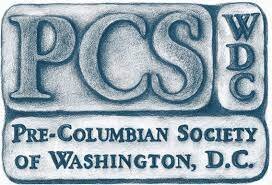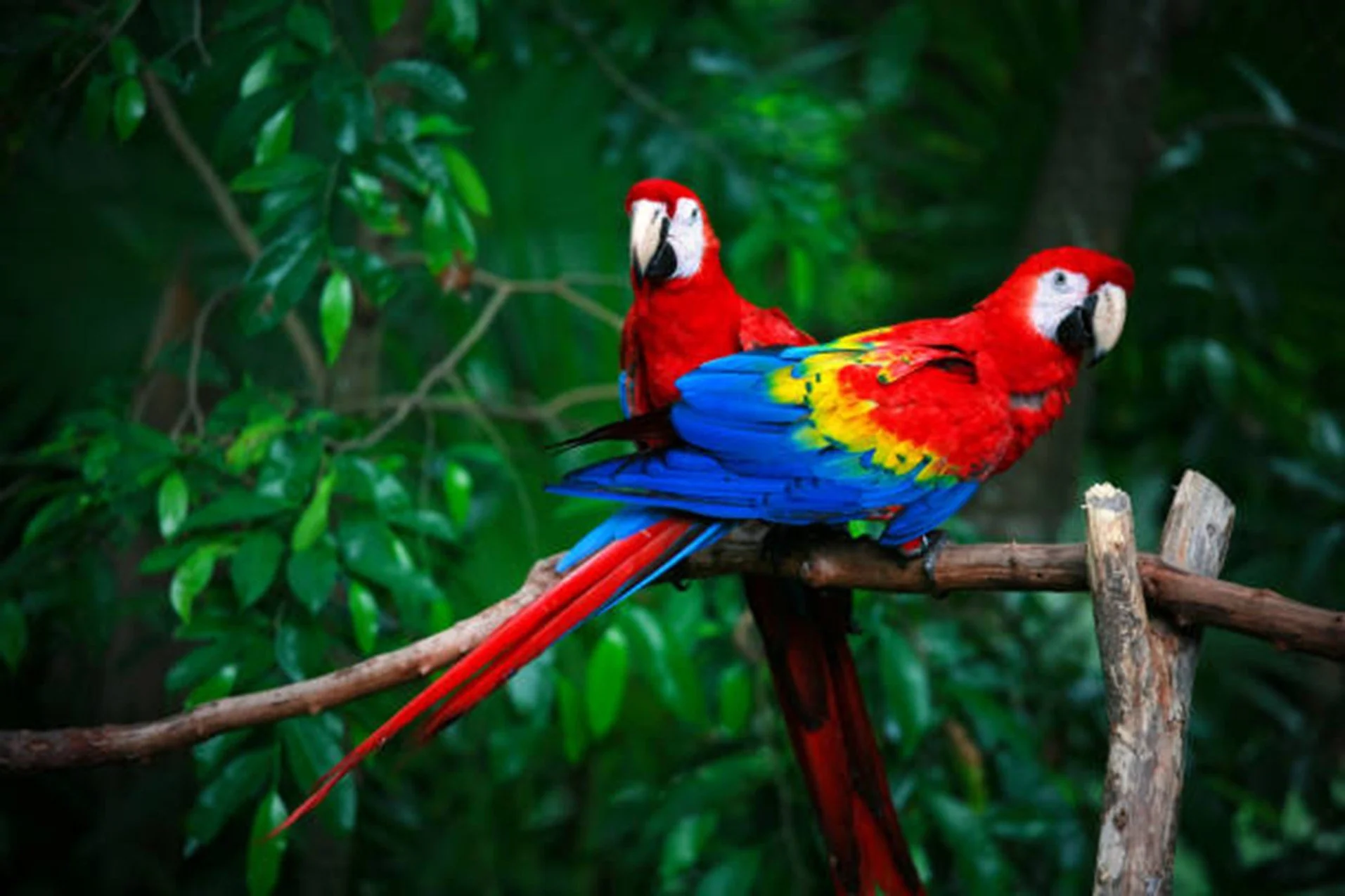Macaws for Metal?: The Aztatlán-Huasteca Network and Ritual Economies in Northern Mesoamerica and the US Southwest/Mexican Northwest
by Michael D. Mathiowetz, PhD, Getty Research Institute
After AD 900, scarlet macaws from tropical Mesoamerica became increasingly significant in ritualism of Mogollon and Puebloan societies in the US Southwest and northwest Mexico (SW/NW) with breeding programs evident in the Mimbres (AD 1000–1130) and Casas Grandes (AD 1200–1450) regions. Some of these scarlet macaws are genetically related to wild populations ranging along the Gulf Coast and Isthmus of Tehuantepec to northern Guatemala. How these birds and the specialized knowledge for their care were acquired from thousands of kilometers away has long puzzled archaeologists. I have proposed the existence of a cross-continental interaction corridor (the “Aztatlán-Huasteca Network”) through which ritual objects connected Aztatlán societies in Pacific-coastal west Mexico to the Gulf Coast during the Postclassic period. This system may have facilitated the eastward transmission of metals and metallurgy to the Huasteca with scarlet macaws moving along the Gulf Coast westward to the Aztatlán core zone in Nayarit, thereafter transported northward into the SW/NW along the Pacific Coast. I explore the logistics by which this hypothesized cross-continental ritual-economic network operated and investigate the following questions: Who acquired the scarlet macaws from their source and by what routes? How long did it take to transmit these birds from the Gulf Coast to the Aztatlán region and to the SW/NW? How might such a system contribute to explanations for the presence of Maya speakers in the Huasteca during the Postclassic?
Michael D. Mathiowetz earned a PhD in Anthropology at UC Riverside in 2011 and currently is a research assistant with the Pre-Hispanic Art Provenance Initiative (PHAPI) at the Getty Research Institute. His broader research program focuses on questions of cultural change and the dynamic social networks that connected societies in Mesoamerica, west Mexico, and the U.S. Southwest/Mexican Northwest, including the legacies of these interactions among descendant communities. He has engaged in field survey and excavation in the Aztatlán and Casas Grandes regions of west and northwest Mexico and museum and archival research on legacy collections for over two decades, publishing widely through British Archaeological Reports, Dumbarton Oaks, El Colegio de Michoacán, Harvard University Press/C.H. Beck, Journal of the Southwest, Journal of Archaeological Research, Kiva, and other venues. Co-edited volumes include Flower Worlds: Religion, Aesthetics, and Ideology in Mesoamerica and the American Southwest (with Andrew D. Turner, 2021) and Reassessing the Aztatlán World: Ethnogenesis and Cultural Continuity in Northwest Mesoamerica (with John M. D. Pohl, 2024).
This lecture will be presented on Zoom. To attend, please register here.

